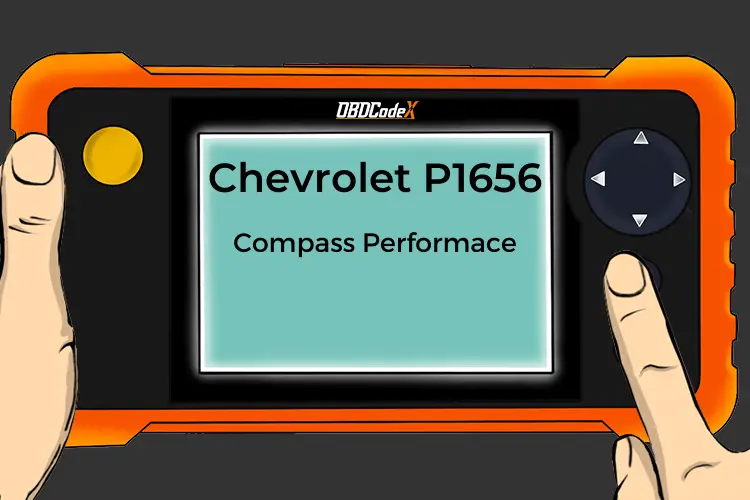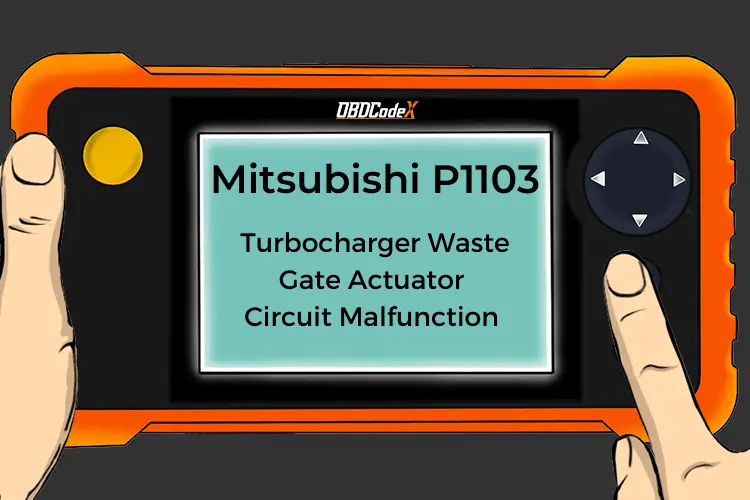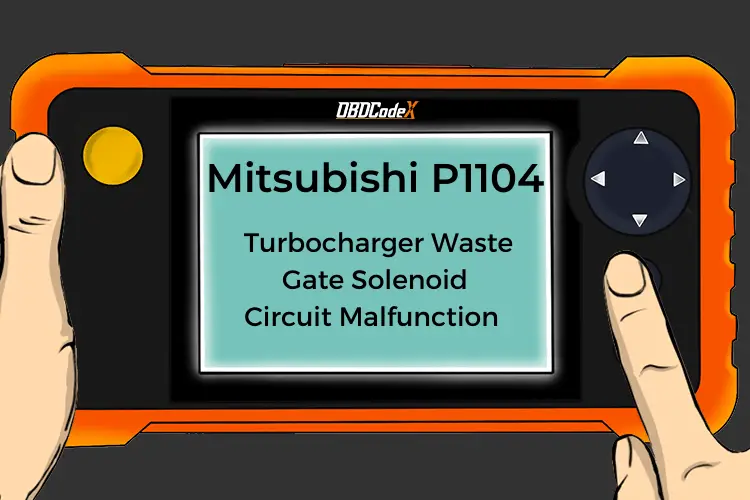P0234: Turbo/Supercharger "A" Overboost Condition
Is your scanner showing P0234?
No worries. We'll show you what it means and how to deal with it.
P0234: Turbo/Supercharger "A" Overboost Condition
OVERVIEWWhat Does The P0234 Code Mean?
Trouble code P0234 indicates the powertrain control module (PCM) senses a dangerously high boost pressure from the engine’s forced induction system. Levels of boost in excess of recommended levels can compromise the structural integrity of the engine.
Normally, an engine relies on the vacuum produced by the downward movement of the piston to draw the air and fuel charge into the engine. A supercharger or turbocharger is an air compressor used to increase the air and fuel charge entering the engine. This is known as “forced induction” which allows a much smaller fuel-efficient engine to create the power normally available with a much larger engine.
The mechanical apparatus used in forced induction is divided into three categories, positive displacement (roots style), centrifugal and turbo. The roots style and centrifugal chargers are belt driven while the turbo relies on pressure from the exhaust to operate.
A roots or positive displacement supercharger is positioned on the top of the intake. A centrifugal looks much like a rotary air conditioning compressor and is located on the driver’s side front of the engine. Turbochargers are located in line with the exhaust system.
As boost pressure rises, the stress on the engine increases as well. Your engine has recommended boost pressure limits to preclude the possibility of engine component failure. Code P0234 is set when these limits are breached and should be corrected as soon as possible to prevent engine or transmission damage.
Turbo chargers rely on exhaust pressure to spin the turbine blades fast enough to produce air pressure greater than atmospheric. However they have an inherent lag where the exhaust pressure is insufficient to spin the turbo fast enough to create pressure. Depending on the type of unit used, the turbo needs 1700 to 2500 engine rpm before it begins to “spool up.”
Turbos spin around 250,000 rpm in full boost. Boost pressure increases with engine rpm. To regulate the boost pressure and prevent overboost, a wastegate valve is installed. Most modern turbos have an internal wastegate and external actuator. There is a rod from the actuator to the wastegate on the turbo. Intake manifold air pressure passes to the top of the wastegate.
As boost pressure increases it begins to exert force on the spring in the actuator that holds the wastegate valve closed. The higher the pressure rises, the more it overpowers the spring, resulting in the wastegate opening and directing exhaust gas away from the turbo blades and preventing further increase in boost.
Regulation of the pressure applied to the wastegate regulates the boost levels at specific rpm. To accomplish this, the computer uses barometric or MAP sensors, engine and transmission temperature sensors, knock sensors and intake pressure sensors to determine the amount of wastegate opening necessary to deliver the best boost levels.
To regulate boost levels, the computer uses either a solenoid, stepper motor or pulse modulator. By regulating the pressure to the wastegate actuator, varying degrees of boost are possible.
What Are The Symptoms Of The P0234 Code?
The symptoms displayed for a P0234 code will depend on the cause of the overboost condition:
- The service engine soon or check engine light will illuminate.
- You will experience a loss of power.
- The engine may show signs of overheating.
- The transmission may show signs of overheating and harsh shifting.
- Additional codes associated with the condition set by P0234 may be present to help identify the cause. Codes are available for all electrical components utilized by the engine management computer for the control of boost levels.
- The engine may display signs of pre-ignition in the form of knocking.
- The engine may display ignition misfiring.
What Are The Potential Causes Of The P0234 Code?
Potential causes for this DTC include:
- In lieu of further trouble codes associated with the overboost condition it would be safe to say the problem is mechanical. The operation of the wastegate is the most probable.
- The wastegate is either stuck closed causing the turbo to spin higher than normal, thus causing the overboost.
- The rod from the wastegate actuator to the wastegate on the turbo is bent.
- A hose came off the wastegate or boost controller.
- A supply house to the boost controller or from the controller to the wastegate is clogged.
- Dodge trucks with a Cummins dieselhave a peculiar problem. They run fine but the check engine light comes on and sets code P0234 at an idle, yet the light goes out several minutes later at cruise speeds. The digital boost control gauge is connected into the MAP sensor which has an intermittent fault at idle yet does not set a code. Replacement of the MAP sensor corrects this.
How Can You Fix The P0234 Code?
Inspect the wastegate actuator rod to the turbo. Repair it if its bent.
Inspect the hoses including the one from the boost controller to the wastegate actuator and the feed lines to the boost controller. Look for cracks or disconnected hoses. Pull the hose ends and look for plugged lines.
Connect a vacuum pump to the wastegate controller. Pump it slowly while watching the actuator rod. Make a note of the inches of mercury necessary to actuate the rod, or whether the rod moves at all. Consult a service manual for vacuum necessary to actuate the wastegate. If it is out of specification, replace the actuator.
If the rod fails to move or the wastegate actuator fails to hold vacuum, replace the actuator. If it holds a vacuum yet fails to move the rod, the internal wastegate in the turbo is stuck closed. Remove the turbo and have the wastegate repaired.
Start the engine and disconnect the supply hose to the boost controller. Inspect it for obstructions and boost pressure. Install the hose and disconnect the hose on the opposite side of the boost controller. There must be boost pressure present – if not replace the boost controller.
Recommended Parts
Below are some recommended auto parts to help you address the trouble code affecting your vehicle and get it running smoothly again:
Note: During the purchasing process, please check carefully whether the part you want to buy fits your car!
Check This Video For Reference
Reference Sources
Diagnostic Trouble Code (DTC) Charts and Descriptions for P0234 – Page 50.




